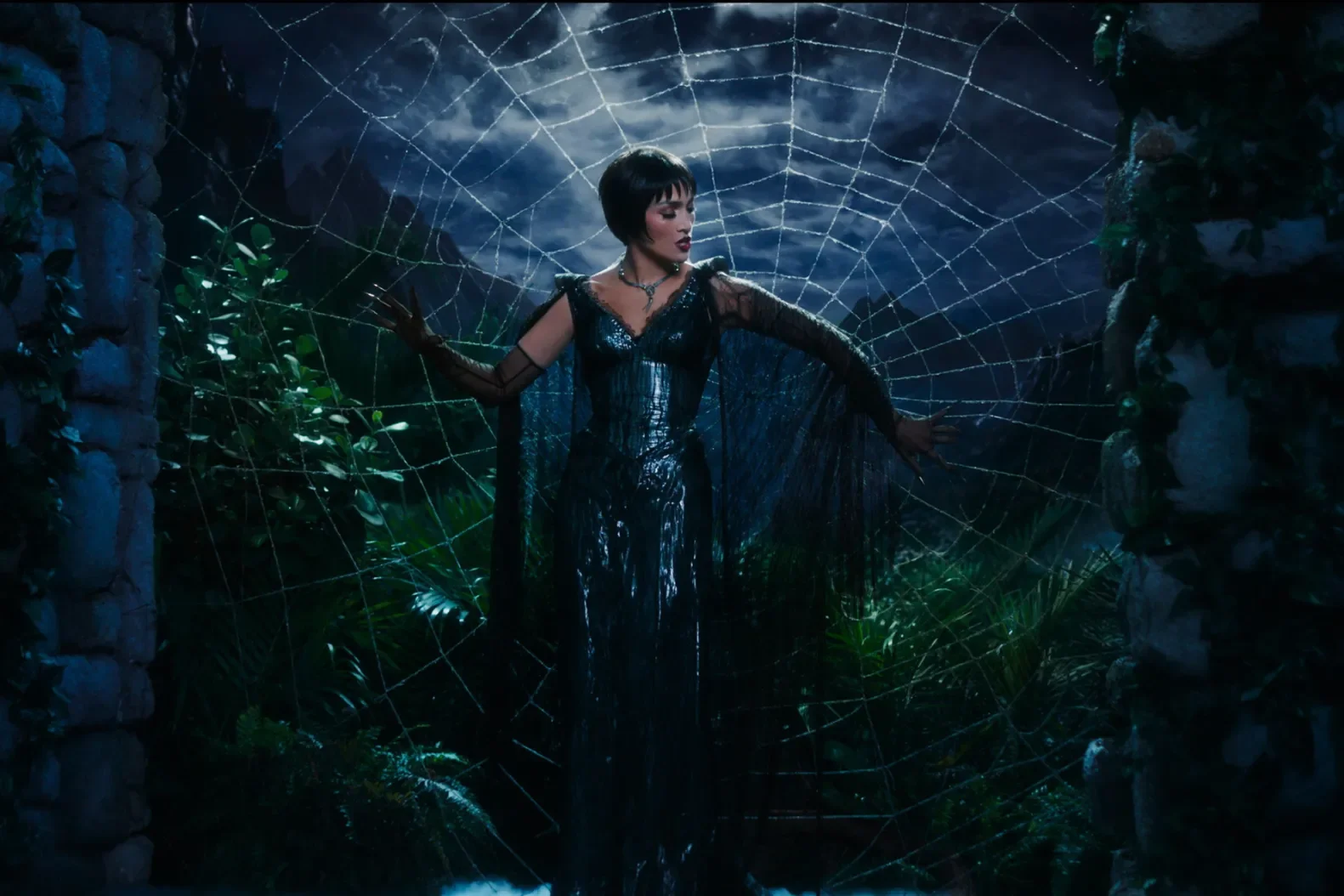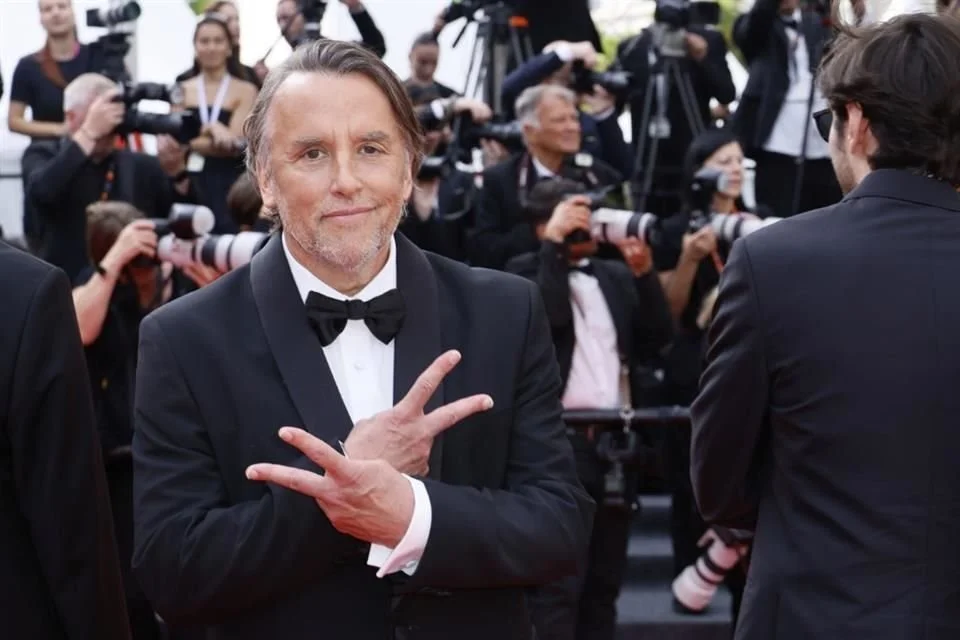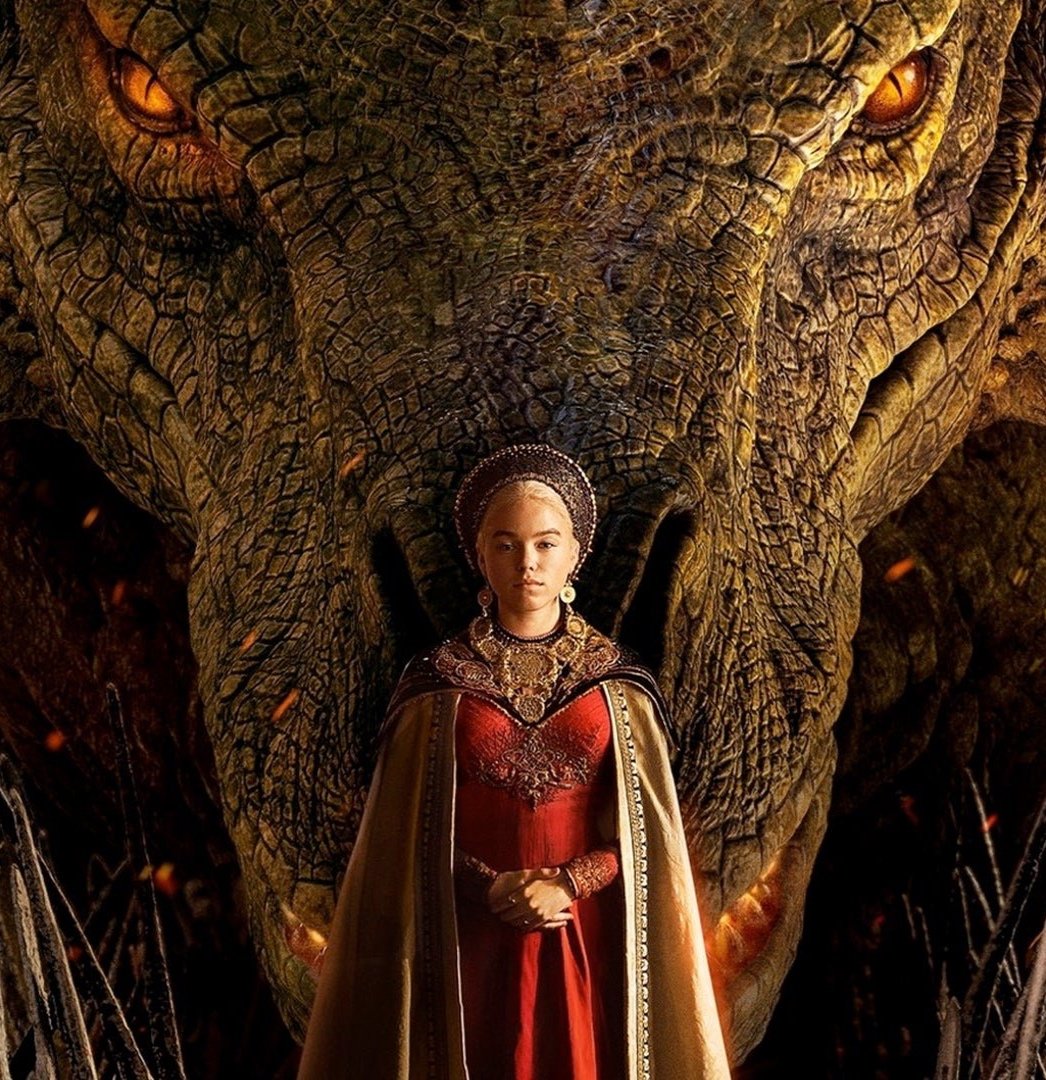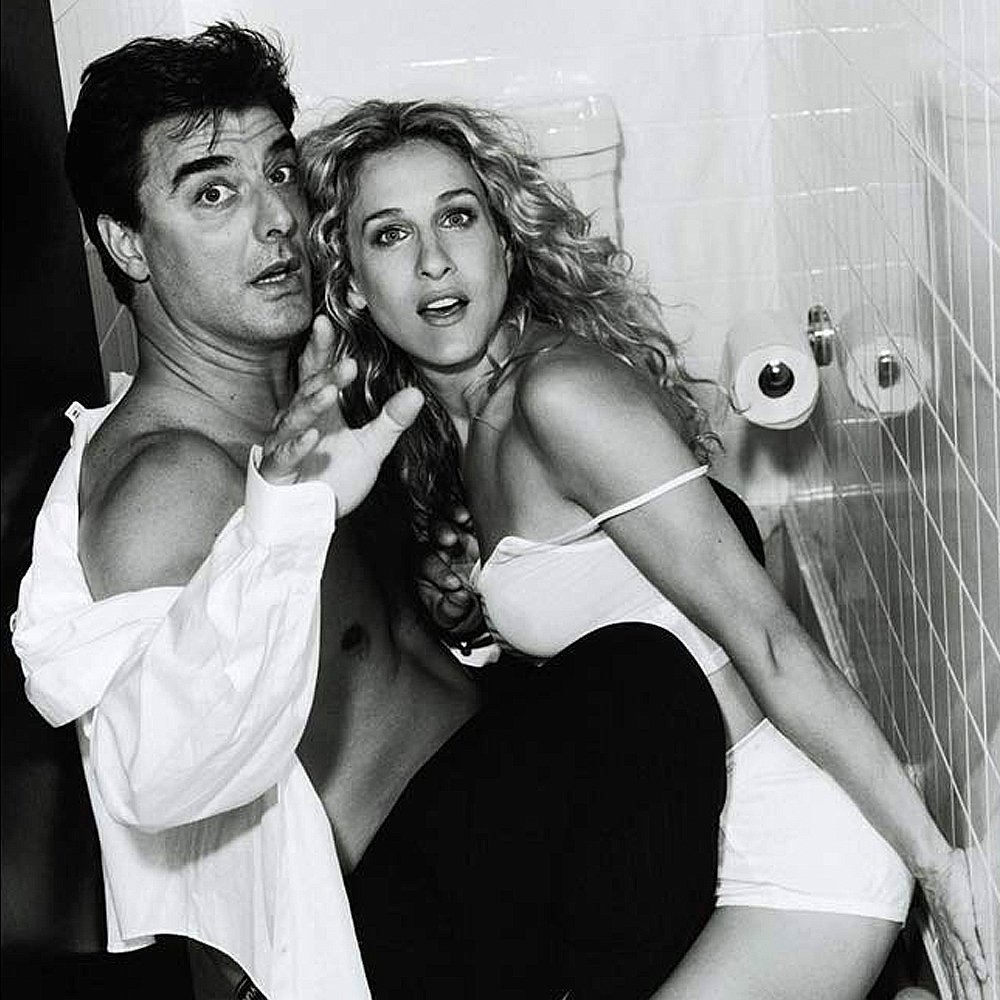House of the Dragon Season 1: A Worthy Successor to the Game of Thrones Legacy
Succeeding Game of Thrones (GoT), one of the most widely discussed and watched shows in television history, is no easy job. The shows will be compared, and previous baggage always remembered. House of the Dragon, a show about the rise and fall of a ruling house in the GoT universe, stares down that daunting prospect with aplomb and more. With sparkling originality, innovation in artistry, and depth of performance, it is an original and interesting work that clearly distinguishes itself from its predecessor.
My journey as a GoT fan has been an emotional gauntlet: fascination with the plot, captivation with the world-building, and excitement at the relentless nature of the story. It all came crashing down in abject shock during the final season. Given the investment and (very real) emotional pain felt, I approached House of the Dragon with a lot of trepidation. I loved this world, but I also did not want to feel the same disappointment. Perhaps the most important factor of the new series for me to consider, as with many others, was its position as a prequel to GoT, with none of the story baggage and all of the world-building. In doing so, the show effectively highlighted the best parts of its predecessor and got many to feel interested in this plot. This was coupled with the fact that it was about the fate of House Targaryen, a key event referenced often in its predecessor. It already had strong story buy-in and developed large audience anticipation with many having high hopes. Unbridled in story baggage but keeping an interesting premise, it was able to attract many who had never started GoT but always wanted to, while also keeping the millions of fans who had loved the original.
Before I delve into qualitative analysis, here is a short (and wholly inadequate) introduction to the plot. House of the Dragon follows the turmoil in the continent around the rule of King Viserys Targaryen (Paddy Considine), with multiple individuals vying to succeed him and control the Seven Kingdoms, including his brother Daemon Targaryen (Matt Smith), his daughter Rhaenyra Targaryen (played by Emma D’Arcy and Milly Alcock when young) and her friend Alicent Hightower (played by Olivia Cooke and Emily Carey when young). As the plot progresses, there are a host of intervening factors and characters introduced, with the rapid pace captivating and dizzying audiences in equal portions.
House of the Dragon’s most distinguishing feature is its pacing: it is truly rapid. It is rapid in its change of physical setting, its introduction to character, and its treatment of time. The show jumps frequently between King’s Landing (the capital) to cities ruled by each of the houses and in doing so, does not follow a very linear structure. Simultaneously, we are introduced to various characters (with pretty complex names) very quickly. The first few episodes often require a rewatch or a pause for questions to understand key plot details fully. But perhaps most importantly, the show covers over 30 years worth of story, a stark difference from its predecessor. This approach has both benefits and drawbacks. It is keenly captivating and ensures there can be no passive viewers. One watches knowing that every scene is important and that only heightens interest for those that are invested. However, this also has obvious pitfalls, since the show very clearly demands a degree of large investment and fandom that is uncommon among television viewers today. It did not help that the show was released weekly, with it requiring surprising levels of attention for the weary college student. This was in direct contrast to GoT, which initially became widely popular for its slow-burn politics and intrigue. In doing so, the show boldly develops a unique fanbase of dedicated viewers.
Of course, the pacing is not the only difference. This show has another distinguishable quality: dragons. Not only are they far better rendered than in GoT, but they also clearly have distinct personalities. This helps viewers invest in their growth, and this is a key reason for the success of a show about the House of Dragons. It is also the source of the most memorable scene of the first season, which I won’t say more about except that it is in the final episode and is worth the wait. This is complemented by the art and costume design, which are stunningly accurate and accentuate the core plot themes. From House Targaryen to House Hightower, there are distinct color palettes that match the mood and core ideology, which help build the atmosphere and increase interest in the plot.
Thematically, the show is about the quest for power and the extent to which individuals are willing to go to achieve it. It continues the willingness to show blood, sex, and gore from its predecessor, but does so in a far more mature and moderated manner. Gone is any semblance of gratuitousness, with mature scenes shown only to the necessary extent. I appreciated this change, with the focus on core plot material helping the viewer become invested in the series and able to follow the plot easily. This is helped by the casting, which is diverse and includes a vast range of actors. With House Velaryon’s introduction, the GoT universe has its first major house of color, an important milestone that will hopefully be expanded upon in the future. The actors, aware of the past reputation of the show, still maturely show intimacy and convey complex emotions but in far less time. Olivia Cooke and Matt Smith in particular stand out as personal favorites for their magnetic ability to command the screen.
HoTD has a long way to go, and I have high hopes for Season 2 which will be released this summer. In particular, I would like for it to lean more into the slow-burn nature of its predecessor: the guile and intrigue that drew so many of us in. As budgets expand it becomes tempting to ignore this and go in for the spectacular, but one often forgets that the smallest of stages can have a far bigger impact. Even so, the show gets a lot of things right and excels in a range of avenues. That must be applauded, for a lot was riding on it, and the expectations were sky-high. You would be hard-pressed to find another show as continuously exciting, and I for one can’t wait for its next iteration.
House of the Dragon Season 1 is currently streaming on Max in the US. Season 2 is scheduled to premiere in Summer 2024.
Popular Reviews














